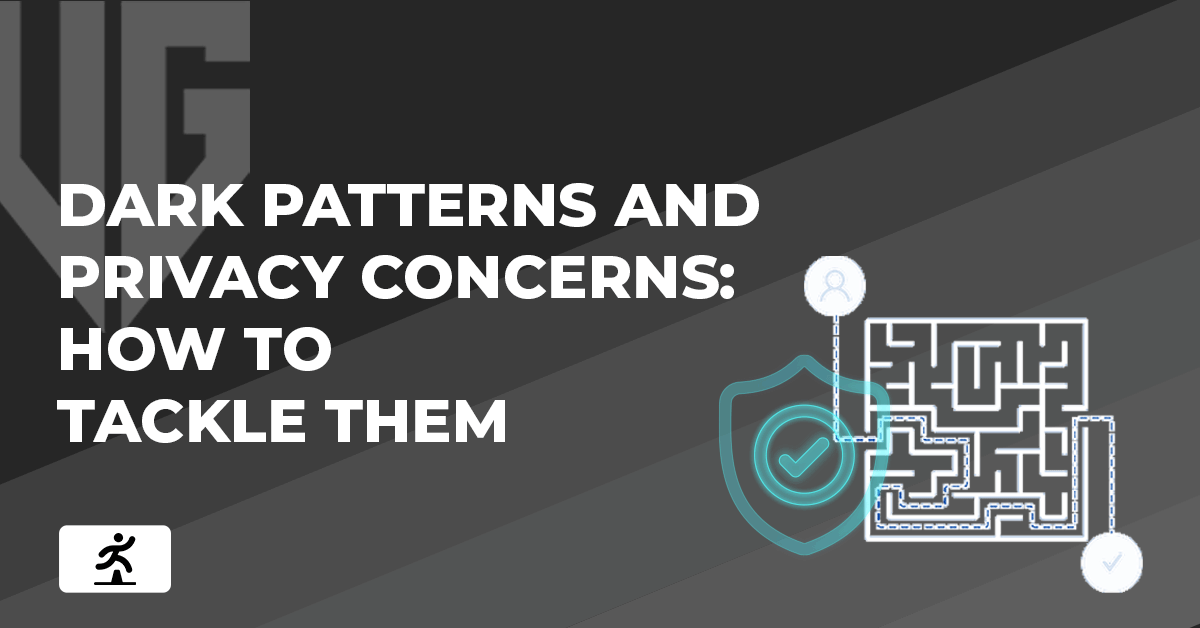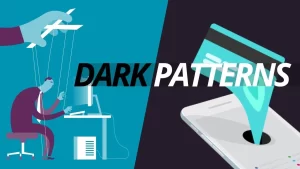
What are Dark Patterns?
Dark patterns are deceptive design techniques used by websites, apps, and digital platforms to manipulate users into making decisions that benefit the business—often at the user’s expense. These tactics exploit cognitive biases and psychological triggers, steering users toward actions they might not have taken otherwise. In essence, dark patterns are a form of manipulative user experience (UX) designed to prioritize business goals over user autonomy.
Dark Patterns exist on a spectrum, and how menacing an individual pattern is will depend on your own perspective. For example, they can be viewed as clever marketing strategies and can also be used for scams. Dark patterns are everywhere. Opting not to use them is a commitment to fairness and treating users with the respect they deserve.
Although there have been some legislative efforts to prevent dark patterns. One of the best things you can do to fight them is to understand what they look like and ensure you don’t fall into the trap.
Dark patterns are becoming increasingly common. Many popular online websites use dark patterns to increase their sales gradually. Since e-commerce sales jumped by more than 40% after the Covid-19 pandemic, more consumers have privacy concerns due to these deceptive practices.
How can users avoid Dark Patterns?

There are many privacy concerns related to dark patterns. Thus, one of the best ways to combat dark patterns is to understand them—websites like the EFF’s Dark Patterns Tip Line and deceptive. design can teach you about the techniques developers use and how to avoid them.
Users need to pay attention to avoid dark patterns. Yes, terms of service are usually dull and much easier to accept all cookies on a website by clicking once. But you might be agreeing to something that might sacrifice your sensitive data.
Companies that use dark patterns for profit count on your inattention; thus, slow down and be more deliberate about online purchases and decisions. Read check boxes carefully before ticking them, review your shopping cart before buying and understand the terms & conditions of a subscription when you signup.
Privacy concerns usually arise when users aren’t proactive about their privacy management. Dark patterns are manipulative, sneaky, and just plain wrong. Users must stay alert and educate themselves regarding dark patterns to protect their money and privacy. Moreover, users should get familiar with the personal information that companies collect from them.
Why do we need to know about Dark Patterns

Studies show that many users are moderately aware of deceptive strategies. But need to be made aware of the frequency and scale of it. While some believe business owners are primarily at fault, others think they are responsible for their own fate and should view digital content critically.
In today’s digital era, despite being aware of persuasive and manipulative techniques, users ignore essential privacy concerns to benefit from the service in other valuable ways. Some of the critical factors are:
- Users are unaware of how their private data is being used.
- Users are willing to sacrifice their privacy concerns when the expected rewards outweigh the perceived risks.
- Users feel resigned to the situation and consider pervasive monitoring as inevitable.
FAQs
How can users spot Dark Patterns?
Some of the strategies and potentially designed dark patterns are the following.
Nagging
Have you ever noticed pop-ups where you are forced to turn on notifications with options like “not now” and “ok” with no option that says “no”? This takes away users’ control while continuing to bother them a classic example of nagging.
Obstruction
Was there a time when you were tricked into buying or signing up for a premium subscription while browsing the web? But when you try to cancel the service or close the account, the process gets difficult or impossible to resolve.
Our interactions on the internet are often more complex than they need to be and created to dissuade specific actions. Obstruction often creates a significant barrier to a particular task that the user may want to accomplish.
Sneaking
As the name suggests, this strategy is used to hide, disguise, or delay information relevant to the user. Sneaking may result in additional undisclosed costs or undesired effects from an action.
Not informing the customer when their trial has ended and switching to the paid version, late disclosure of certain costs while buying something, sneaking additional items to the customer’s shopping cart, manipulating customers to think they are doing one thing but ends up doing something completely different are all examples of Sneaking.
Interface Interference
Ever wondered about how colours, style, hierarchy, trick questions or similar elements can evoke emotions and persuade you into a particular action?
Manipulating user interfaces has become more common in today’s world. This process privileges specific actions over others, thereby confusing the users.
Forced Action
We’ve all shared more information about ourselves on the internet than we intended to. This action may manifest as a required step to complete a process or something we will significantly benefit from.
Forced action exists in a lot of different kinds of interfaces. One such example is this game. The game occasionally gives players impossible levels, forcing them to buy power-ups or extra lives. The difficulty level decreases to achieve retail playability if the player doesn’t purchase anything.